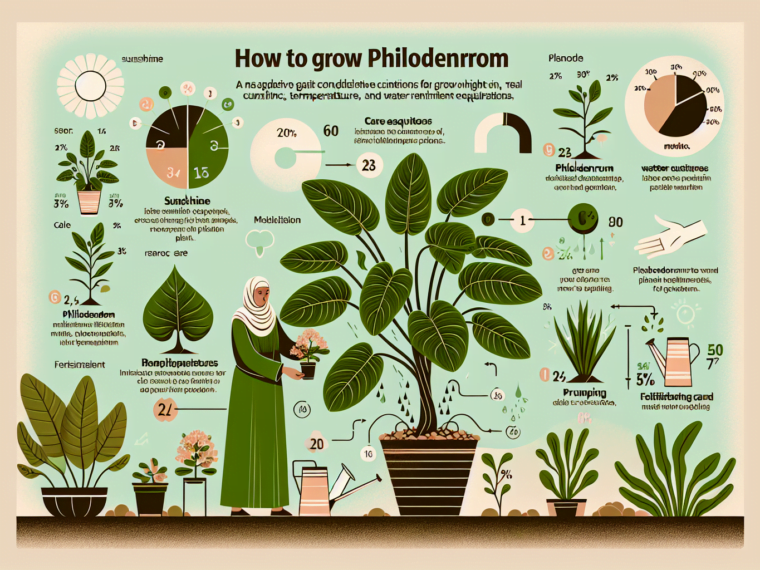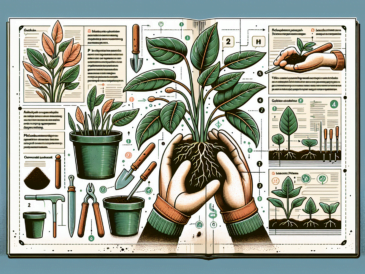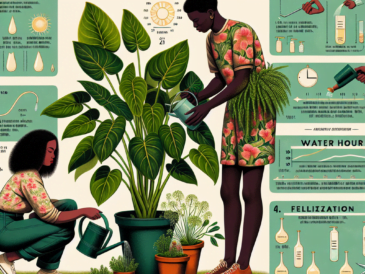Key points
• Lighting: Philodendrons prefer bright, indirect sunlight. Avoid direct sunlight which can scorch their leaves. Place them near a window with a sheer curtain or in a well-lit room where they can receive ample light without being exposed to harsh rays.
• Watering: Keep the soil consistently moist but not waterlogged. Allow the top inch of soil to dry out before watering again. Overwatering can lead to root rot, so ensure proper drainage.
• Fertilization: Feed your philodendron with a balanced, water-soluble fertilizer every 4 to 6 weeks during the growing season. Reduce feeding in the fall and winter when plant growth naturally slows down.
Overview of the Philodendron Genus
Philodendrons belong to a large plant family that houses diverse specimens varying in leaf size, shape, and texture. Each variety offers its own unique character to any space it occupies.
Popularity and Appeal of Philodendrons as Houseplants
These plants have clinched their status as favored houseplants due to their adaptability and striking form. They can add a much-needed splash of green to any area, making them an instant favorite.
Types of Philodendrons
You’ll find several types of philodendron adorning living spaces, from climbing varieties like Philodendron hederaceum var., well-suited for baskets, to stately non-climbers such as the impressive lacy tree philodendron, known as Philodendron bipinnatifidum.
Description of Common Philodendron Species Suitable for Indoor Cultivation
The differing species offer an array of options for plant enthusiasts. Whether you’re aiming for the bushy form or after the trailing stems perfect for hanging displays, there’s something for anyone with a bit of interest in indoor planting.
Differences Between Climbing and Non-Climbing Varieties
Climbing types often seek support, latching onto available structures with rootlets, while non-climbers stand proud without additional help. Understanding these distinctions is key when bringing a new philodendron into your personal greenspace.
Ideal Growing Conditions for Philodendrons
To thrive indoors, these tropical natives crave conditions replicating their natural habitat—a task easier said than done, but far from impossible!
Light Requirements for Optimal Growth
Bright, indirect light will do wonders for their growth rate while warding off potential issues due to excessive sunlight exposure which could scorch their leaves.
Temperature and Humidity Preferences
Your philodendron’s health is directly linked to ambient temperature and humidity—with preferences leaning towards the warmth and moist air reminiscent of their tropical origins.
Soil Composition and Potting Mixtures
A mix rich in organic content such as coconut coir or compost provides the perfect medium. You can assure superior drainage by adding perlite and bark pieces—a crucial aspect for prevention against root rot.




